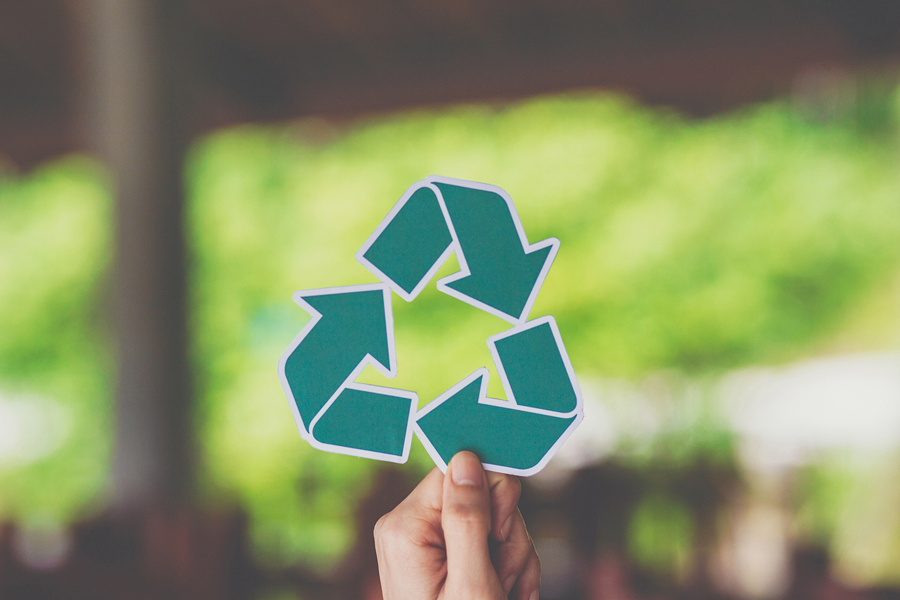Long-term Strategies for Sustainable Housing Development in Fulton County
- Post by wpfcidaadmin
- July 9, 2024

As Fulton County continues to develop, we face the dual challenge of accommodating population growth while ensuring sustainable, environmentally responsible housing solutions. Increasing demand can stress limited resources while conventional building practices risk significant environmental degradation.
Economically, the higher initial costs of green technologies and sustainable materials complicate budgeting, necessitating innovative financial strategies and supportive policies. Moreover, achieving community buy-in and effectively integrating cutting-edge technologies require comprehensive engagement and education efforts.
These dynamics demand a concerted approach that blends advanced, eco-friendly construction methods with strategic planning and robust policy frameworks. In Fulton County, this means forecasting housing demand and considering the impact of development on local ecosystems, infrastructure, and community character. For example, successful long-term planning in similar communities has involved comprehensive zoning reforms that encourage mixed-use developments and higher density, reducing sprawl and preserving green spaces.
To ensure sustainability in housing development, Fulton County can employ green building techniques that minimize environmental impact and reduce the carbon footprint of new housing. Techniques such as solar energy installations, rainwater harvesting systems, and advanced insulation methods can drastically decrease a home’s energy consumption. The LEED certification system provides a framework that has been adopted in cities like Miami Beach, New Haven, and San Francisco, where sustainable building practices have become the norm, not the exception.
A LEED-certified home in Massachusettes exemplifies sustainable living with its cutting-edge design. This 4,200-square-foot residence is not only LEED Platinum certified but also incorporates top-tier sustainable features such as continuous insulation, an airtight envelope, and triple-pane high-performance windows. Enhanced by an efficient HVAC system and a robust solar array, the house integrates high-efficiency mechanical systems, including air source heat pumps and LED lighting, which significantly reduce energy consumption while maintaining indoor comfort and air quality.

Integrating green spaces within urban developments not only enhances aesthetic appeal and community well-being but also serves ecological functions like stormwater management and urban heat reduction. An example of an inherently green approach can be seen in The High Line in New York City, which is renowned for its sustainability. The native, drought-tolerant plant selection cuts down on the resources that go into the landscape, while the High Line’s ecosystem provides food and shelter for wildlife species, including native pollinators.

Utilizing recycled materials, locally sourced timber, non-toxic paints and solvents, and other sustainable materials and construction practices also reduces the environmental impact of new developments. A notable example is the use of rammed earth and straw bale construction in certain Californian communities, which not only utilizes local, sustainable materials but also provides excellent natural insulation properties.

The path to sustainable housing development in Fulton County requires a multifaceted approach that combines long-term planning, innovative techniques, and community engagement. By learning from successful examples around the world and committing to environmentally friendly practices, Fulton County can continue to develop in a way that meets the needs of its residents while preserving the planet for future generations.
Community involvement is key to the success of long-term sustainable housing strategies. Engaging local residents in the planning process ensures that the developments meet actual needs and that residents feel a sense of ownership and responsibility towards sustainable practices. Participatory planning sessions can be used to gather input on everything from the types of amenities needed to the design of public spaces.
